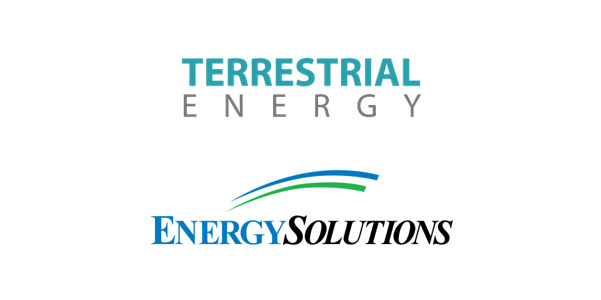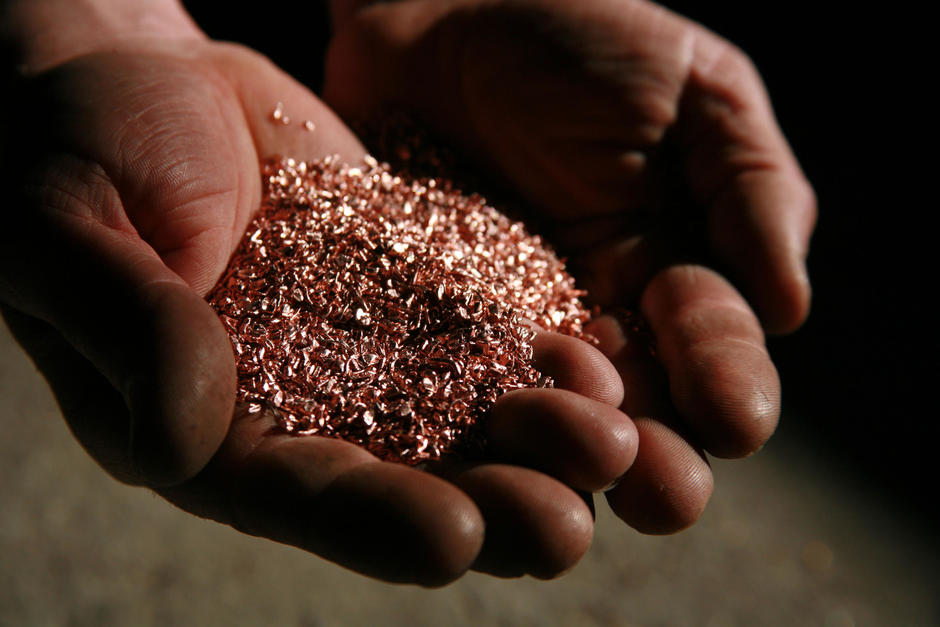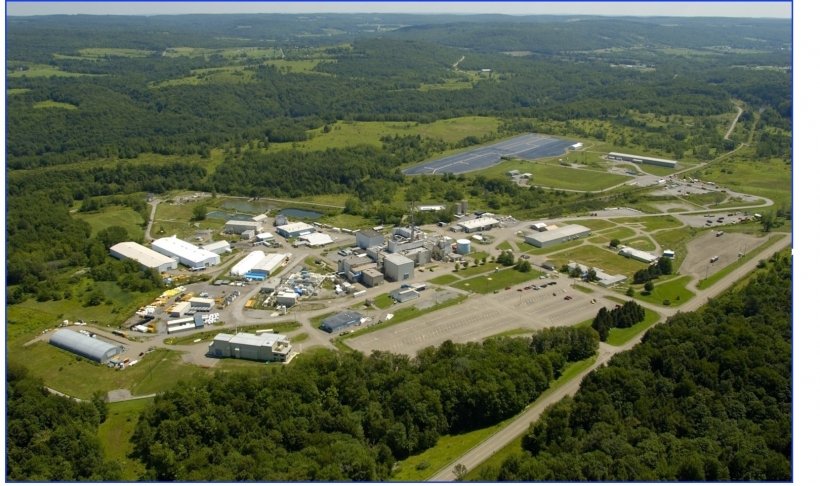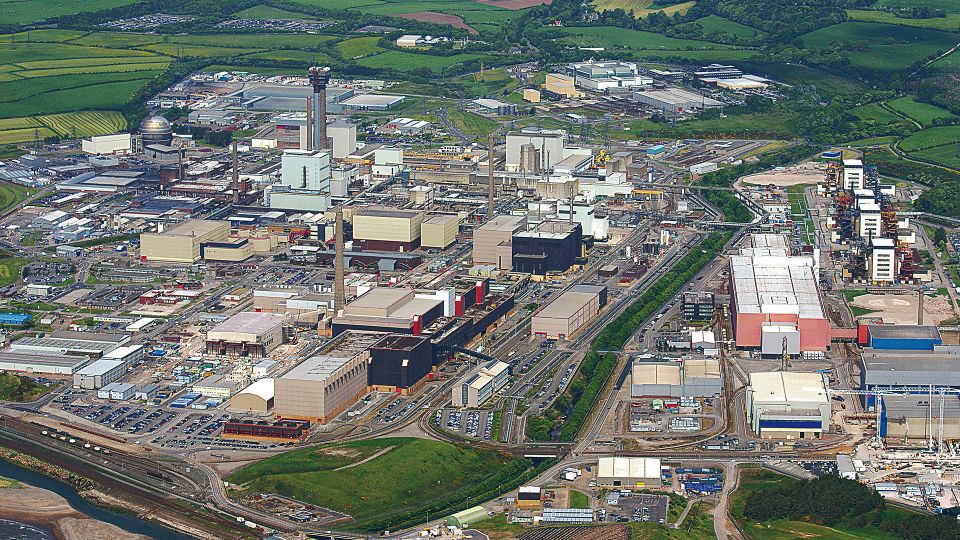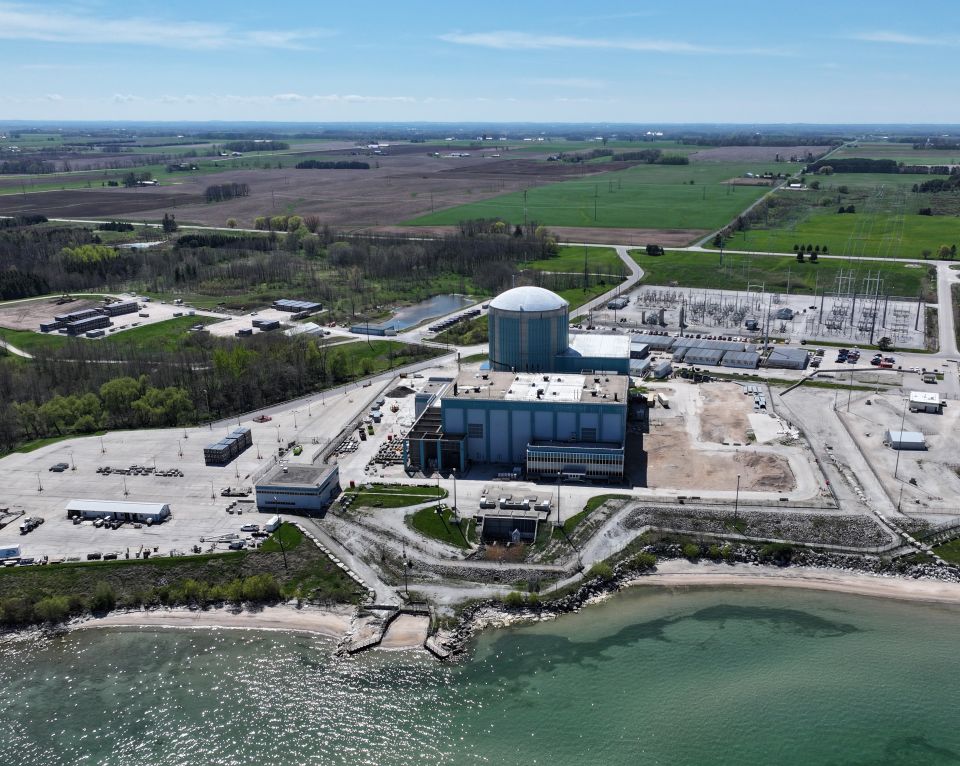EDF gives lifeline to U.K. nuclear plants
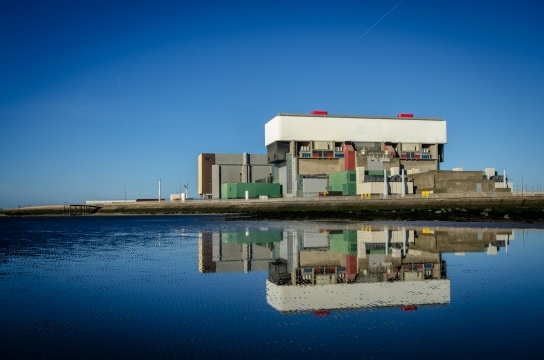
French energy supplier Électricité de France announced this week it will invest $1.7 billion to keep its U.K. fleet in production through 2026.
This latest move to support the United Kingdom’s five generating nuclear power stations brings EDF’s total investment to $9 billion since acquiring the fleet in 2009. U.K. nuclear output in 2023 was 37.3 terawatt-hours, and EDF plans to maintain this level for at least the next three years, subject to regulatory approval. The company made this announcement as part of its annual fleet update on Tuesday.
“EDF has built a strong track record of safely operating the U.K.’s existing fleet, delivering over 35 percent more clean power than initially forecast. Looking ahead, our aim is to maintain output from the four AGR [advanced gas-cooled reactor] stations for as long as possible and extend Sizewell B by a further 20 years, out to 2055,” said Mark Hartley, managing director of EDF’s nuclear operations business, in a news release. “Maximizing output also helps preserve the critical nuclear skills and capabilities that will be valuable for future nuclear projects.”
Nuclear is seen by many as a key ingredient to meeting the United Kingdom’s net zero goals, since it produces no significant emissions once operational and is not dependent on weather conditions, unlike wind and solar.
The details: EDF said it aims to keep four AGR plants—Torness, Heysham-1 and -2, and Hartlepool—running longer than planned, subject to regulatory approval and will make a decision by the end of 2024. Last year, it extended the life of its Hartlepool and Heysham-1 nuclear plants by two years, to 2026. The company hopes to keep the Sizewell B plant, a pressurized water reactor with a capacity of 1.2 gigawatts, on line for two decades longer than planned.
In the 15 years since EDF took over the U.K. nuclear fleet, the stations have generated over 35 percent more than initially projected through successful plant life extension and improved operational performance. This accumulated extra output of 212 terawatt-hours is enough to power all U.K. homes continuously for two years and has saved an additional 74 million tons of carbon emissions—compared to gas-fired power.
EDF is part of EDF Group, the world’s biggest electricity generator, supplying energy to more than 40 million customers worldwide. The company employs around 14,000 people in the United Kingdom.
Looking ahead: U.K. government officials set a goal in the past to provide up to one-quarter of the country’s electricity needs through nuclear sources by 2050. As of 2022, nuclear provided just 13.9 percent of total the country’s electricity—a figure that’s been in decline since the 1990s.
Generating capacity has fallen rapidly since the start of the decade as three of the country’s eight aging power stations closed. But EDF, which owns the country’s nuclear fleet via a joint venture with Centrica, said it now planned to explore keeping two of the power stations—Heysham-2 and Torness—open beyond their planned closure date of 2028.
However, EDF is also responsible for defueling three AGR power stations that entered the decommissioning phase in 2021. According to its release, EDF will defuel the stations—Hunterston B, Hinkley Point B and Dungeness B—before passing long-term decommissioning responsibilities to Nuclear Restoration Services. Funding for this process is provided through the country’s Nuclear Liabilities Fund.



